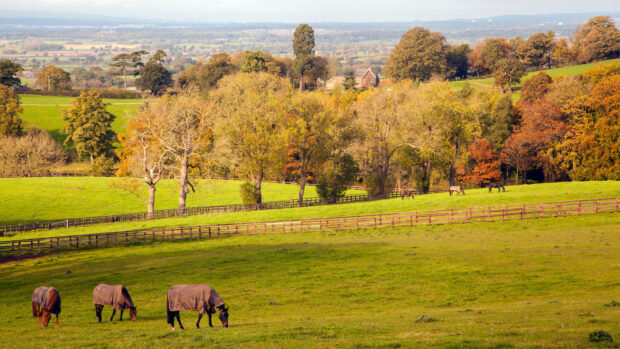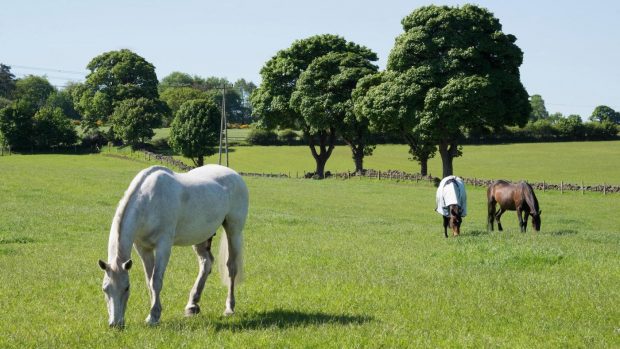An owner whose pony recently recovered from equine grass sickness (EGS) is warning others to watch out for signs of the often-fatal condition.
Caroline Casey of north Scotland bought Summer for her then three-year-old daughter, Jorgi, in August 2014.
Summer temporarily moved yards for two weeks in May last year.
Upon returning to the original yard, the palomino was taken to a Pony Club rally where Caroline noticed she was shaking intermittently and foaming at the mouth.
When Summer returned from the rally her shaking became worse.
Caroline called out her vet who diagnosed grass sickness.
“My heart sank, I was heartbroken thinking this was the end,” she said.
Caroline brought Summer in at night to monitor what she was eating and she gradually improved with careful management.
Seven-and-a-half weeks later, she stopped displaying the signs of the condition.
She was brought back into work in September and since then she has enjoyed local shows and Pony Club rallies with Jorgi, who is now five.
“We are extremely lucky to still have her, she is worth her weight in gold,” added Caroline.
EGS is an often-fatal condition that is most prevalent between April and September.
The condition causes damage to parts of the nervous system that control involuntary functions, producing the main symptom of gut paralysis.
Related articles:
- Scientists find link between Alzheimer’s and equine grass sickness
- Grass sickness survivor crowned supreme champion
- Equine grass sickness survivor completes 300-mile trek
It is most frequently seen in horses aged between two and seven, and signs include patchy sweating, shivering, constipation, reflux of fluid from the nose and rapid weight loss.
The condition is thought to be caused by a toxin produced by clostridia bacteria.
For more information visit www.grasssickness.org.uk




